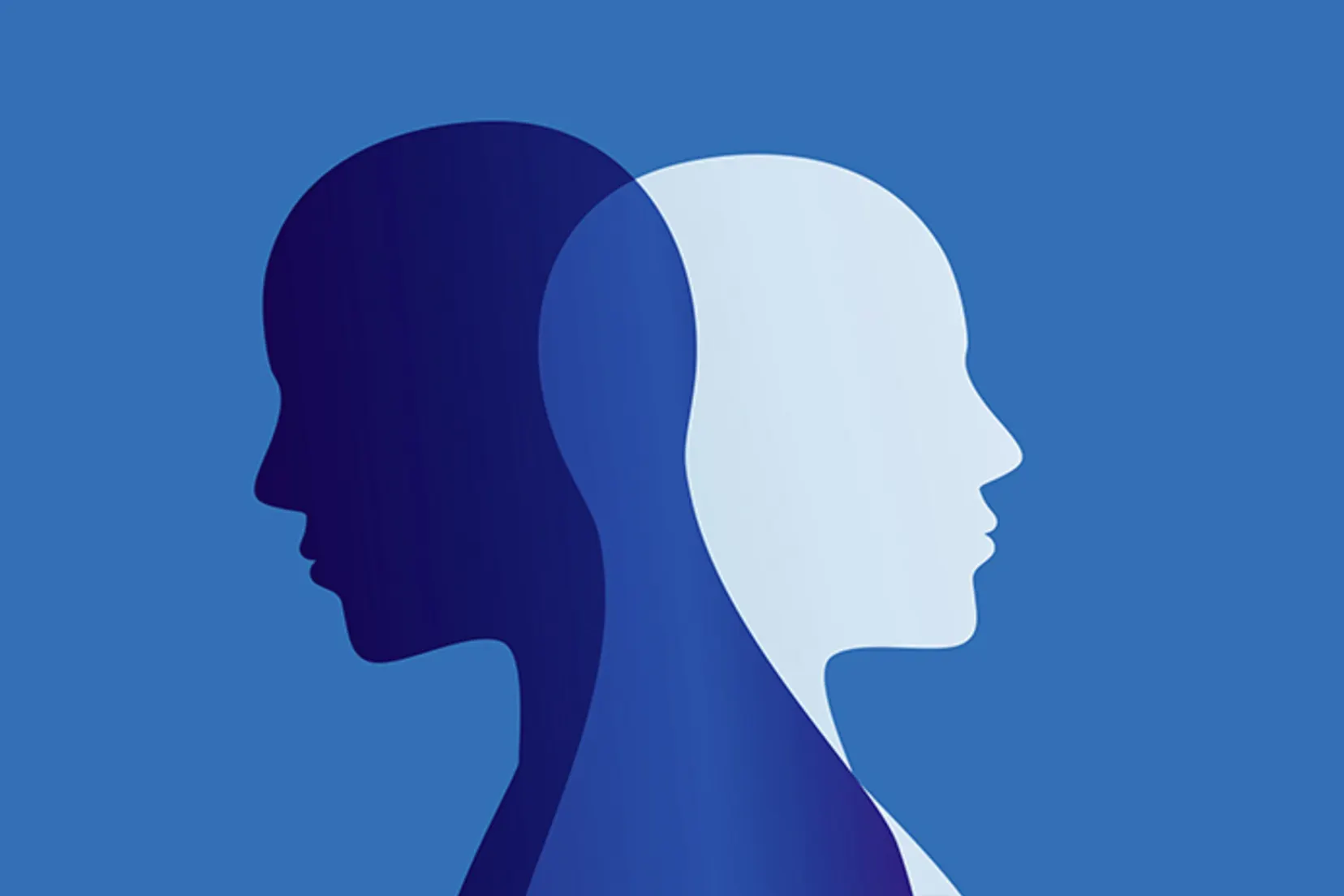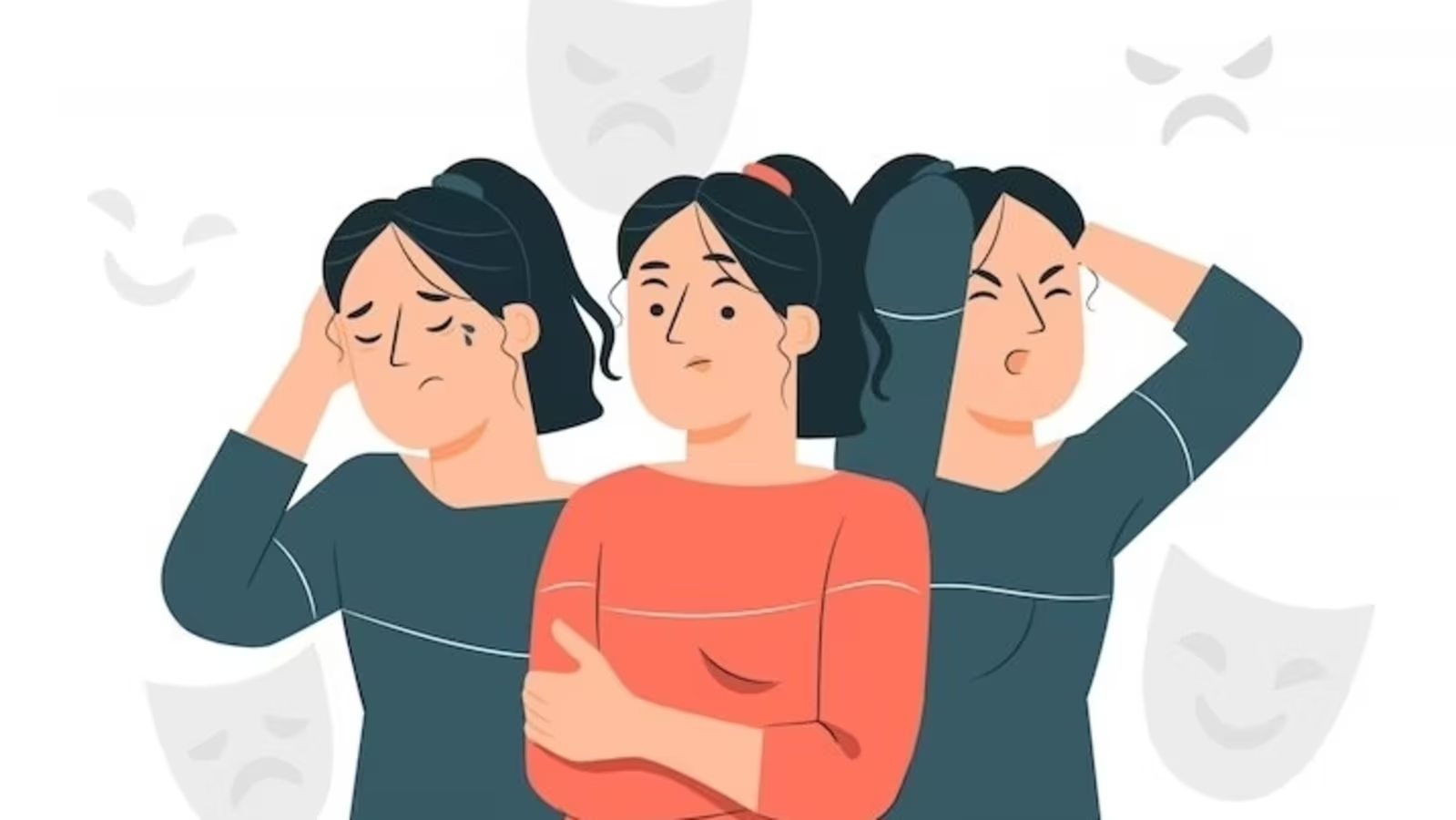Manic
The word “manic” describes the times when someone with bipolar disorder feels overly excited and confident. These feelings can also involve irritability and impulsive or reckless decision-making. About half of people during mania can also have delusions (believing things that aren’t true and that they can’t be talked out of) or hallucinations (seeing or hearing things that aren’t there).



